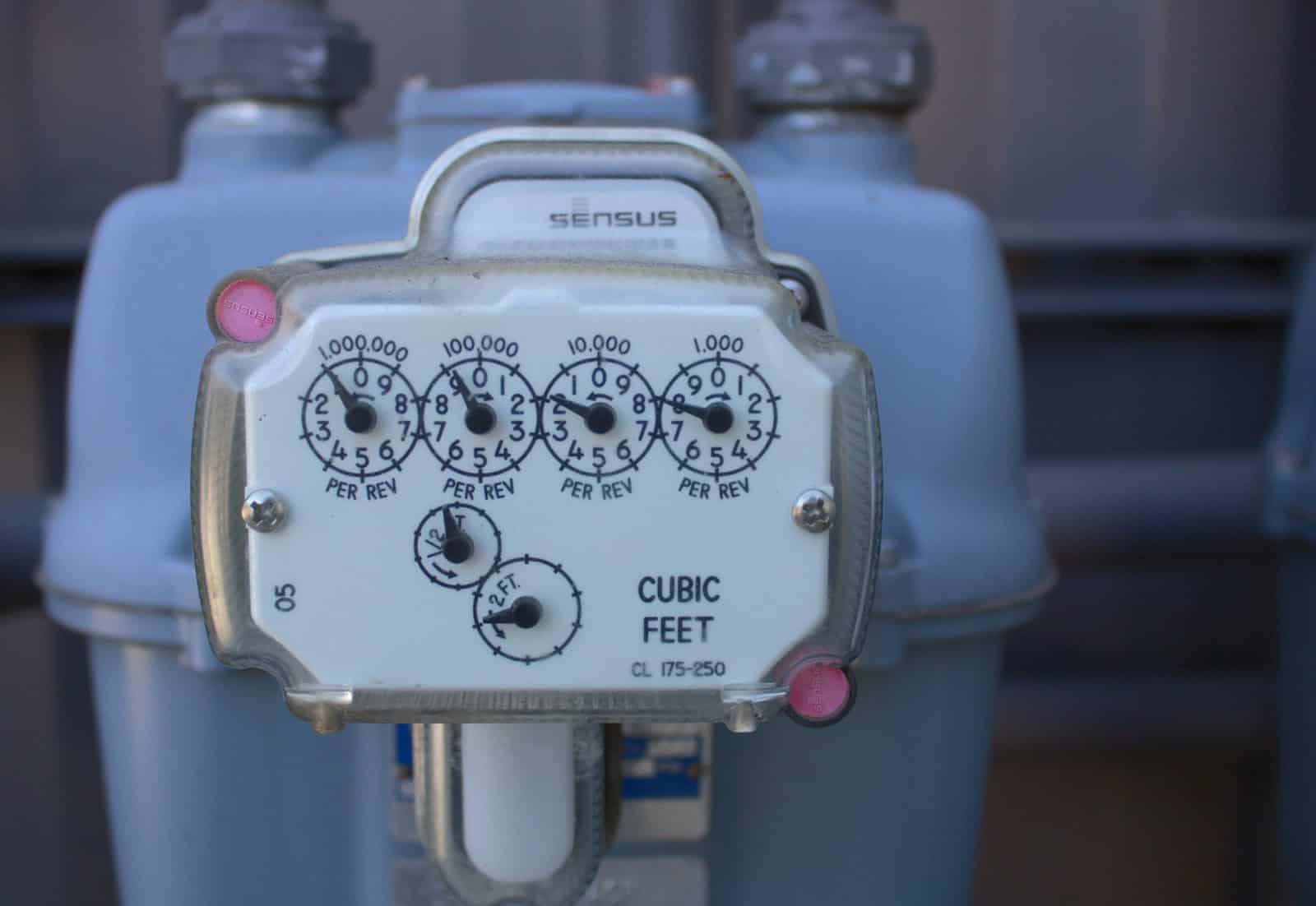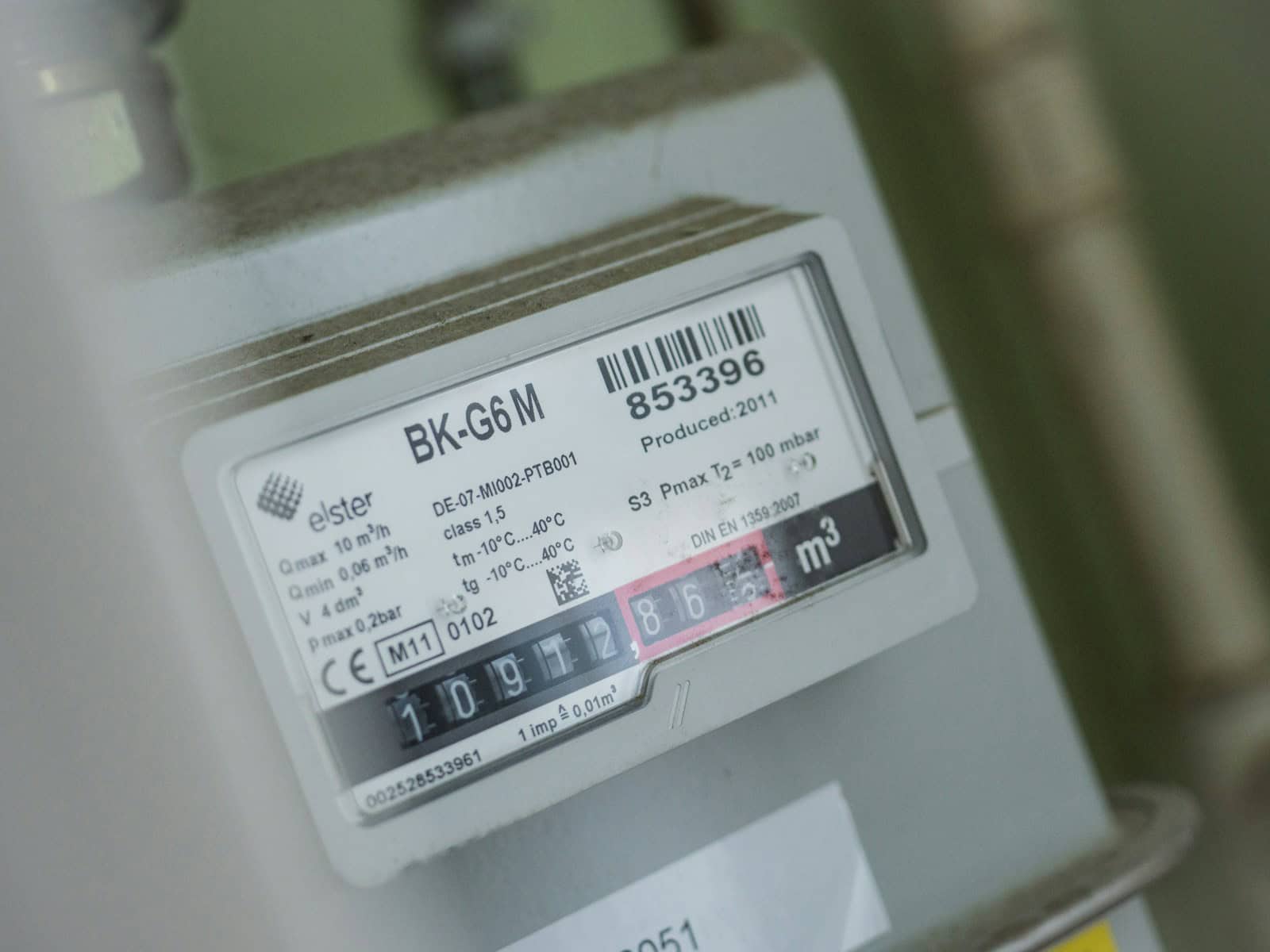Measuring the volume of natural gas consumed by households and businesses is crucial for billing and energy management. Gas meters serve this purpose by recording the amount of gas that passes through them. They are usually installed by energy suppliers in residential, commercial, and industrial sites. The accurate reading of these meters is essential. Energy suppliers rely on this data to bill customers, and customers can monitor their consumption for efficiency.
Understanding how a gas meter works can be helpful for anyone wanting to track their energy usage. Reading a gas meter involves noting the numbers displayed, which usually represent cubic feet or cubic meters of gas. Standard gas meters have dials that the needles rotate around. As gas flows through the meter, the dials turn to indicate the volume used. This information helps users to pinpoint their energy needs and manage costs effectively.
How Modern Gas Metering Works

Gas metering has come a long way from the days of mechanical dials and manual readings. Today’s systems are increasingly digital, networked, and smart—offering utilities and customers a deeper understanding of usage, more accurate billing, and better control over energy consumption. Let’s dive into how the latest technologies are transforming how gas is measured and billed, and why these changes matter to consumers and the industry.
From Analog to Digital: The Rise of Smart Meters
Most gas utilities around the world are now rolling out advanced metering systems that go beyond simple volume measurement. These smart gas meters are equipped with digital sensors, often ultrasonic or thermal-mass based, that provide precise flow data. Unlike traditional meters, which require manual readings and can be prone to mechanical wear, smart meters offer remote, real-time data collection with minimal maintenance.
These systems use low-power wireless networks to transmit data securely to the utility. That eliminates the need for someone to visit your property and ensures customers are billed based on actual usage—not estimates. This significantly improves accuracy and eliminates delays between usage and billing.
Benefits for Utilities
- Operational efficiency: Fewer truck rolls for meter reading and disconnects.
- Real-time diagnostics: Ability to detect and respond to gas leaks or system anomalies quickly.
- Load forecasting: More granular usage data helps predict future demand and optimize supply.
Benefits for Consumers
- Transparent billing: See exactly what you’re using and paying for.
- Usage tracking: Many utilities offer apps that let you monitor gas use daily or hourly.
- Budget control: Alerts and data visualizations help consumers spot trends and adjust habits.
Gas Measurement Standards: Volume vs. Energy
Traditionally, natural gas has been billed by volume—typically in cubic feet or cubic meters. However, since the energy content of gas can vary based on temperature, pressure, and composition, there’s a growing push toward billing based on energy (e.g., kilowatt-hours or megajoules). This method provides a more accurate reflection of the heat or power that the customer actually receives.
In many regions, utilities are transitioning to energy-based billing, aligning with global standards and helping consumers make apples-to-apples comparisons with other energy sources like electricity. This shift often requires enhanced metering equipment capable of real-time temperature and pressure compensation or backend systems that convert volume to energy using dynamic conversion factors.
Prepayment Gas Meters: Empowering the Customer
Another innovation gaining traction is the use of prepayment gas meters, especially in regions with high arrears or unbanked populations. These meters let consumers pay for gas in advance, either online or via mobile apps. Not only does this help reduce bad debt for utilities, but it also empowers customers to better manage their energy use and avoid unexpected bills.
Modern prepayment meters often use ultrasonic sensing and are integrated into mobile platforms, allowing users to monitor usage in real time and top up instantly. For households on a tight budget, this system provides much-needed control and transparency.
Advanced Metering Infrastructure (AMI): A Broader Ecosystem
Smart meters are just one part of a larger framework called Advanced Metering Infrastructure (AMI). This network includes communication hubs, data management systems, and customer interfaces. AMI enables two-way communication between the utility and the meter, unlocking a range of smart-grid features:
- Remote disconnect/reconnect: Improves safety and reduces downtime for maintenance or emergencies.
- Time-of-use pricing: Encourages consumers to shift usage to off-peak hours for savings.
- Automated alerts: Notifies utilities of unusual consumption patterns, leaks, or tampering.
Utilities around the world are in various stages of AMI deployment, with some replacing hundreds of thousands of meters over the next few years. While the upfront investment is significant, the long-term savings, safety improvements, and customer satisfaction gains are proving to be well worth it.
What Happens When Technology Fails?
Despite all the tech, things can go wrong. Some utilities have had to revert to manual readings temporarily due to failures in early-generation smart meters—particularly due to battery or transmitter issues. In those cases, consumers are often asked to submit their own readings to avoid estimated bills. These bumps in the road are part of the evolution of infrastructure, and newer hardware is addressing many of these early shortcomings.
The Future of Gas Metering
The direction is clear: gas metering is becoming smarter, more data-driven, and increasingly aligned with broader energy systems. Whether it’s through AMI, energy-based billing, or customer-centric tools like prepay meters, the goal is to make the gas grid more efficient, transparent, and responsive. For consumers, this means fewer surprises, more control, and better service. For utilities, it means cost savings, improved safety, and actionable insights.
As these systems continue to evolve, one thing’s certain—how we measure and pay for gas today looks very different from even five years ago, and the transformation is only accelerating.
Key Takeaways
- Gas meters record the amount of natural gas used for accurate billing.
- Reading a gas meter is vital for monitoring energy consumption.
- Accurate meter readings help manage energy costs and usage.
Understanding Gas Meters
Gas meters play a crucial role in tracking natural gas usage. Let’s explore the variety of meters used, understand how they function, and examine how gas consumption is measured and converted.
Types of Gas Meters
Several gas meters are available, each designed for specific situations. Diaphragm meters are common in residential areas. They use a pair of flexible diaphragms that expand and contract as gas flows through them. Turbine meters measure gas flow in larger commercial or industrial setups by spinning a turbine. Orifice meters, which restrict flow to measure pressure differences, and Coriolis meters, which detect changes in mass flow, serve more specialized applications. Smart meters represent the modern iteration, with digital readings and remote reporting abilities.
Components and Functionality
The main components of a gas meter include dials and a hand to display volume. In dial meters, a series of dials rotate to indicate usage. Each dial turns a hand; the position of this hand allows for reading the current gas flow volume. Gas meters also have mechanisms for temperature compensation, ensuring accurate readings despite changes in temperature and pressure. Positive displacement meters directly measure the volume of the gas, using mechanical parts that move in proportion to the gas flowing through them.
Measurement Units and Conversion
Natural gas meter readings are typically in cubic feet or cubic meters. To bill for gas usage, these volumes need conversion to a therm value for energy content. One therm equals about 100 cubic feet of natural gas. Smart meters may display this conversion automatically. Temperature and pressure conditions can affect gas volume, so meters often include compensators to adjust the readings to standard conditions, ensuring customers receive accurate bills for their actual energy usage.







